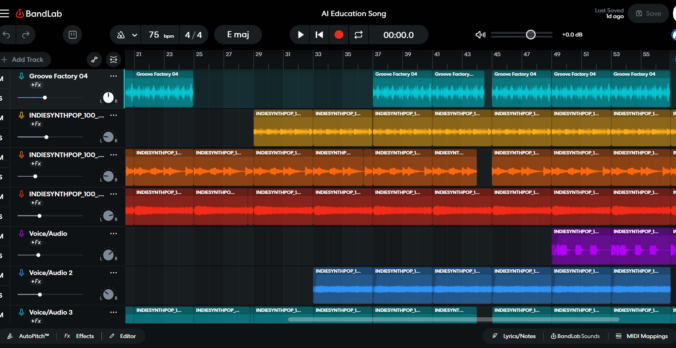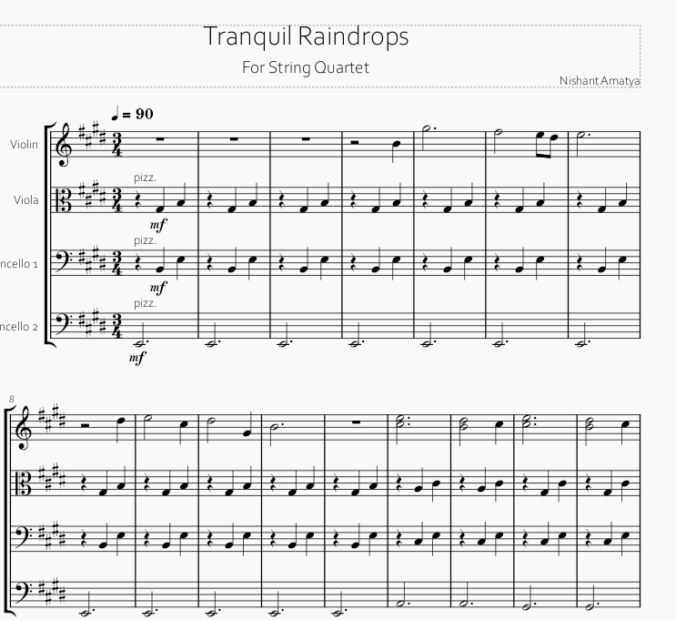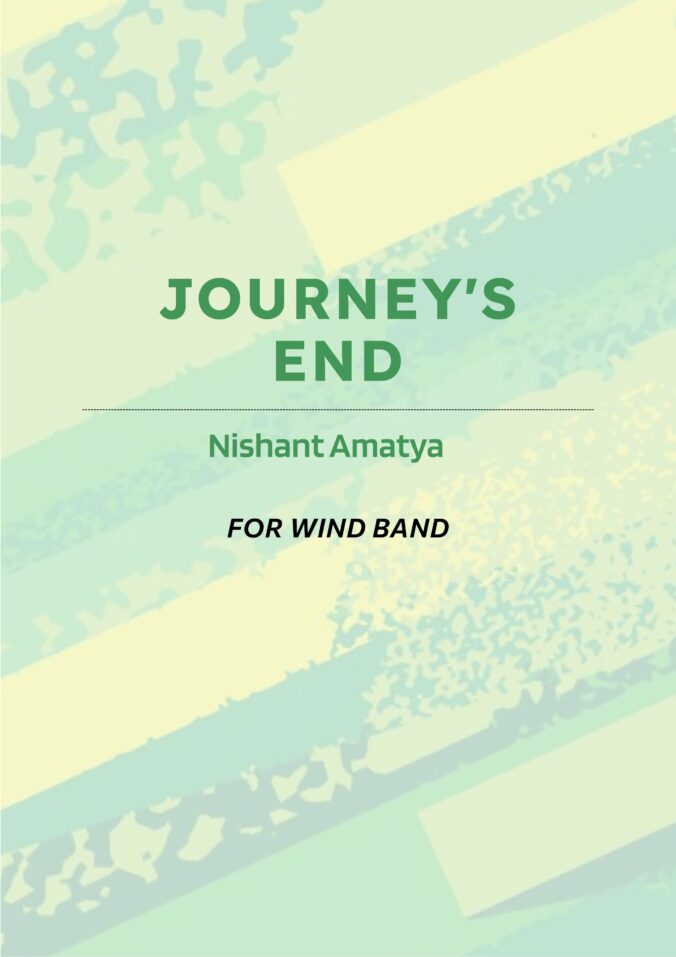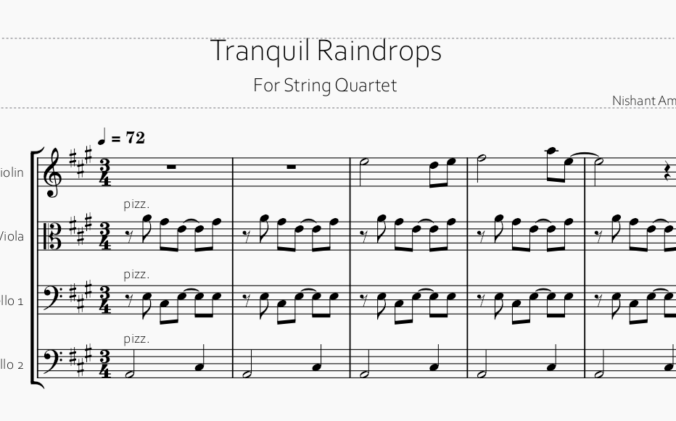- Resource Description
Link to the Google Slides detailing our group’s inquiry question, relevance to teaching/learning, and pros/cons/risks of using BandLab.
https://docs.google.com/presentation/d/166Uo-FJFslHyqvlfCNEOC754vy-MN0N8zUOqcCGAirQ/edit?usp=sharing
The link to our BandLab project:
https://get-bandlab.app.link/invite-link?$canonical_url=https://www.bandlab.com/join/c-rl3k5&$fallback_url=https://www.bandlab.com/join/c-rl3k5
(The link above leads to the mix of the project itself)
The link to the final music video we created:
BandLab is fairly simple to use and provides tutorials in the drop-down menu at the top left if needed. It allows users to create a beat by themselves using a drum machine, or find a sample for that, in addition to a vast variety of free to use instrumental samples as well. Ultimately, this song took us less than a week to create; it was that easy to use BandLab.
2. Individual Reflection
Personally, I recorded myself rapping and singing a good chunk of the song, as well as mixing quite a bit of it too. I also edited the music video together and worked on a little bit of the slides. Overall, I had a lot of fun working on the project once we decided on what we were going to do. I did have to make a separate smaller project to mix together the chorus voices since we were at the limit for the tracks we could use in a single project, but that wasn’t too big of an issue. I think the most challenging part about using BandLab for me was that I’m used to using Reaper – in comparison, BandLab does feel like a downgrade; that said, it is super user-friendly and a fantastic starting point for students. I think if I ever run a composition/production course, BandLab has to be one of the potential softwares I use. I think it is a fantastic means of getting students to embrace their creativity and there isn’t a gigantic learning curve that comes with it; it’s very accessible.







